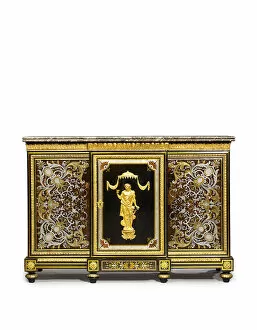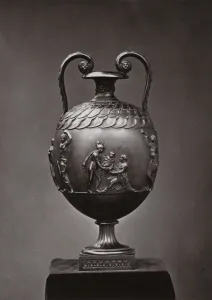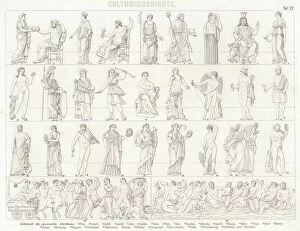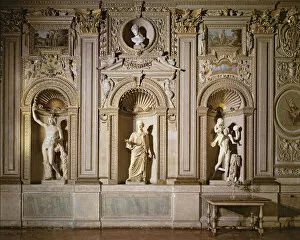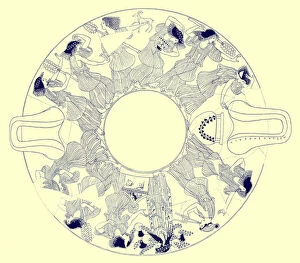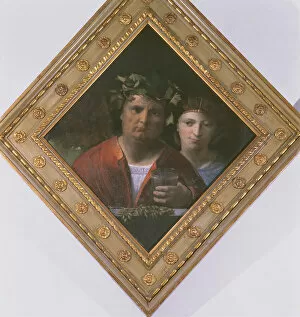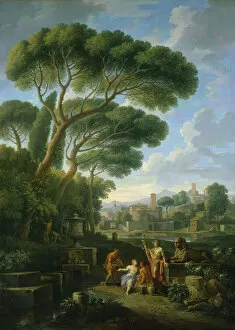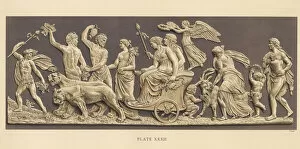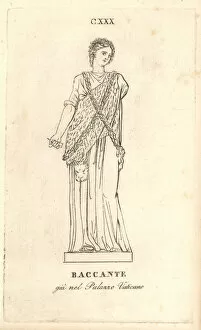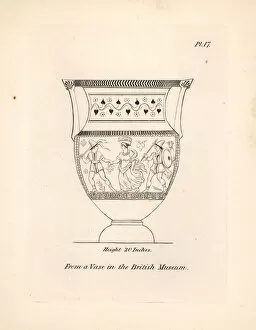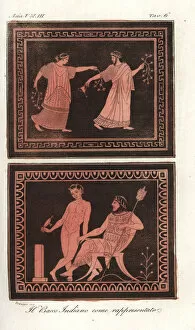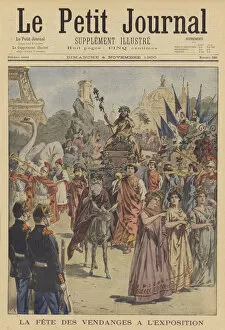Bacchus Collection (#10)
"Bacchus: The Divine Revelry of Greek Mythology" In the illustrious realm of Greek gods in the Olymp, one deity stands out for his wild and exuberant nature - Bacchus
All Professionally Made to Order for Quick Shipping
"Bacchus: The Divine Revelry of Greek Mythology" In the illustrious realm of Greek gods in the Olymp, one deity stands out for his wild and exuberant nature - Bacchus. Also known as Dionysus, this god of wine and ecstasy has captivated hearts since ancient times. Dating back to 1880, a magnificent depiction of Dionysus on his throne showcases his regal presence and divine aura. Another masterpiece from 1901 portrays Dionysus surrounded by the Maenads, his devoted female followers who embody unrestrained passion. The cult of Dionysus is renowned for its initiation rites, as depicted in a captivating fresco from the Villa Dei Mysteri. This artwork transports us to an era where believers celebrated their devotion through rituals filled with fervor and mysticism. Silenus gathering grapes in a painting by Carracci reminds us that Bacchus is not only associated with revelry but also symbolizes fertility and abundance. Such imagery evokes visions of vineyards brimming with succulent fruit ready to be transformed into heavenly nectar. Even during Roman times, Bacchic worship continued to flourish as seen in a mesmerizing mosaic detail at El Djem depicting an infant Dionysus riding on a tiger's back. This enchanting portrayal highlights both the god's innocence and untamed power. Moving forward through history, we encounter intriguing representations like that of a redhead flapper posing within Pan's mask or a fourth-style fresco showcasing Bacchus alongside Vesuvius volcano at Pompeii's House of Centenary – blending mythological figures with natural wonders. Artistic interpretations have perpetuated throughout centuries; Juan Carreño de Miranda's "La monstrua" captures Bacchic allure while Leonardo da Vinci’s school presents their own vision influenced by Renaissance aesthetics. Lastly, Midas' infamous touch turning everything into gold finds its place in the Bacchic narrative.

